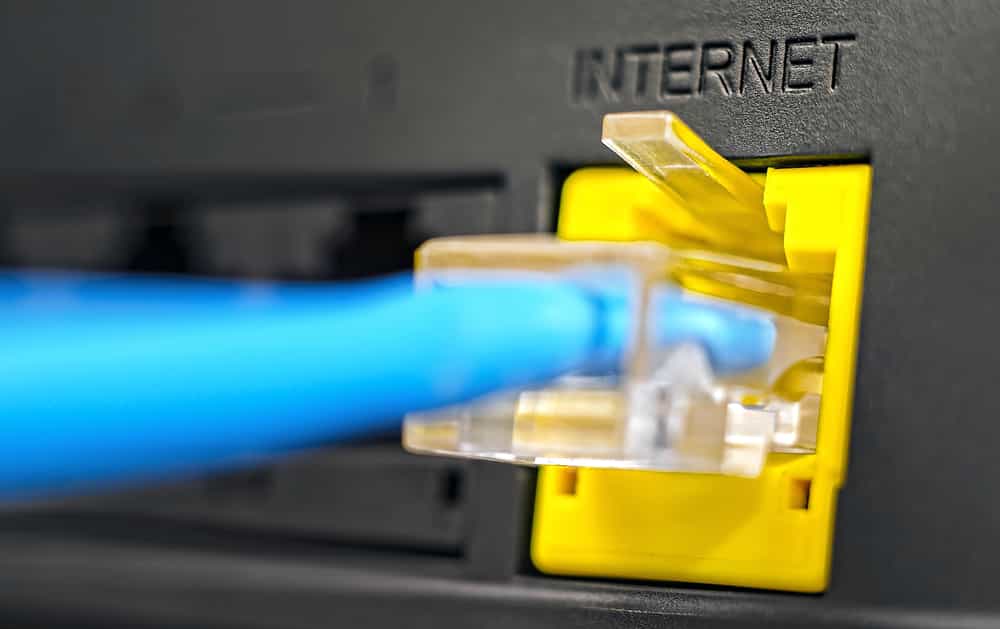
With everyone looking for reliable internet connections, it’s needless to say that people explore different types of internet connections to meet their connectivity needs. Some of the most common internet types include DSL and cable internet, and the majority of people have both these internet connections to make sure they always have a backup. However, if you want to switch to cable internet from DSL, we are sharing the process with you!
Switching From DSL To Cable Internet – The Process
If you are using the DSL service but want to shift to the cable internet, various steps need to take for establishing a seamless internet connection, such as;
- Switch off the computers and make sure they are disconnected from the router and modem
- Use an Ethernet cable and plug the modem into the internet or WAN port of the router
- Take out the power cords from your router and modem
- The power cord from the cable modem will be plugged into one modem, and the power block should be connected to a surge protector. You need to follow the same steps for the power cord coming from the router
- You need to disconnect the power cords from the router and modem but keep the power block plugged into your surge protector
- Then, plug in the power cord of the modem and let it boot up (make sure all the lights are switched on and functioning normally)
- The next step is to plug the power cord of the router into your router
- Lastly, use the Ethernet cable to connect the primary desktop to the router’s LAN port and switch it on, and it will start up the internet connection
- Now that the internet connection is properly established, you must connect other devices or computers to the LAN ports of the router and switch them on one by one. As a result, every computer or device connected to the network will establish an internet connection
So, the cable internet is now up and running!
Choosing Between DSL Internet & Cable Internet
Now that you know how to shift between two types of internet connections, it’s time you understand how these two types of internet connections are different from each other. To illustrate, cable internet is broadband internet which is meant to run through the local cable of the TV and connect to a modem. On the other hand, the DSL utilizes a two-wire telephone line made from copper to offer a high-speed internet connection to the users while holding up the phone line.
Cable Internet
Cable internet is a broadband internet connection that’s meant to operate through local cables with the help of a modem. It utilizes the TV channel space for transmitting data, and some specific channels are selected for downstream transmission. The coaxial cables used in these networks offer better bandwidth as compared to telephone lines, and the modem helps achieve faster internet speed on the web. When it is integrated with the home network with cable TV wiring, it provides a seamless internet connection.
The best thing about cable internet is that you don’t need to worry about the location and distance because the speed and performance don’t rely on the distance from the main location. For the most part, it promises better and faster internet speed.
DSL Internet
It entails a seamless modulation scheme for packing data into the copper wires that are generally used for phone service. In addition, it is known as the last-mile technology as it is utilized to leverage the internet connection offered by the telephone switching station to the final destination. Since it leverages the two-wire copper lines, it won’t tie up like the dial-up connection, and you won’t have to contact your internet service provider in any case. As far as the DSL internet is concerned, it is usually available in SDSL and ADSL, and both of them are perfect for home-based internet users.
The biggest perk of using DSL is that you will have access to a phone line as well as the internet at one time, and it promises internet speed faster than dial-up connections. Also, the users can choose between different pricing plans and connection speeds.
So, which one of these internet forms will you choose for your home?